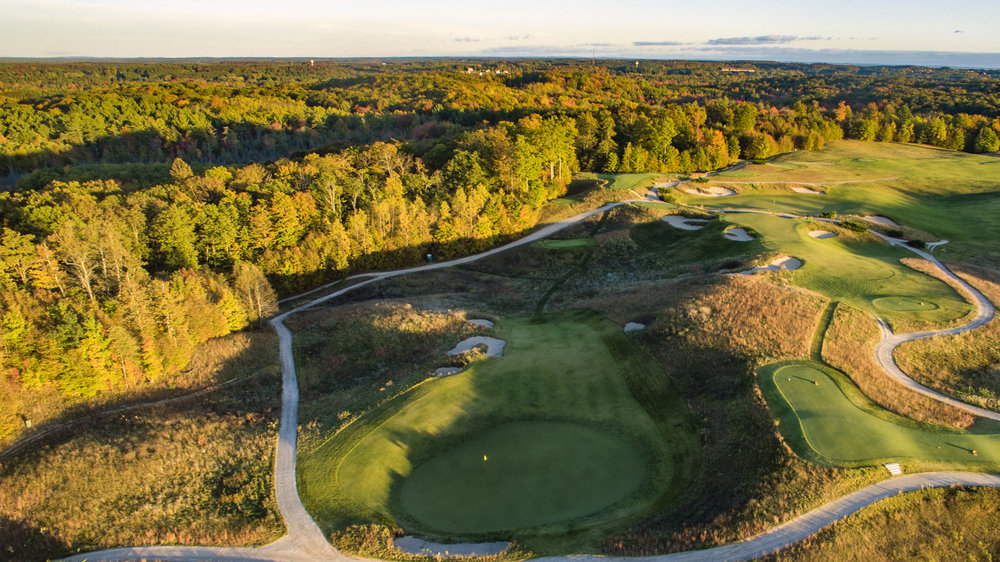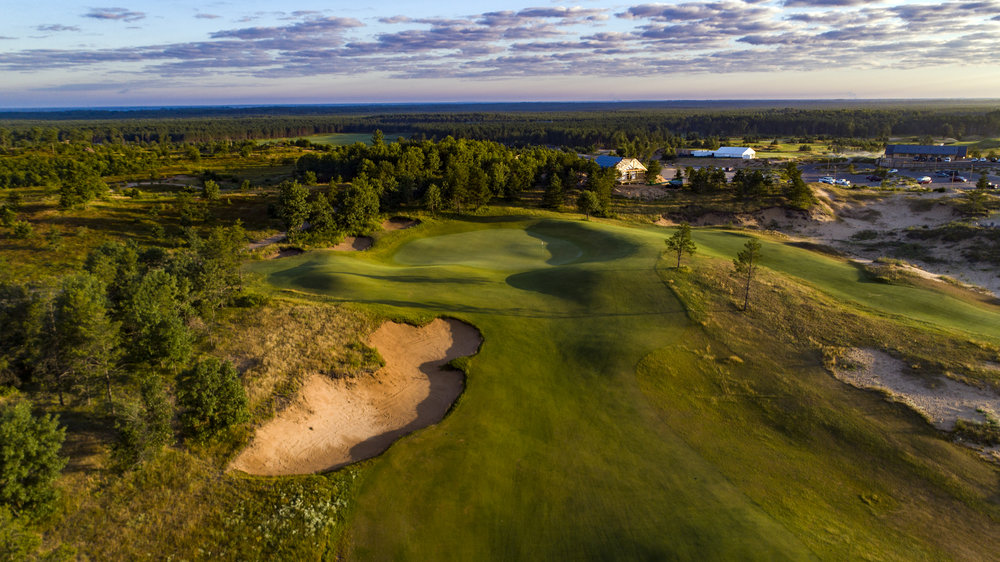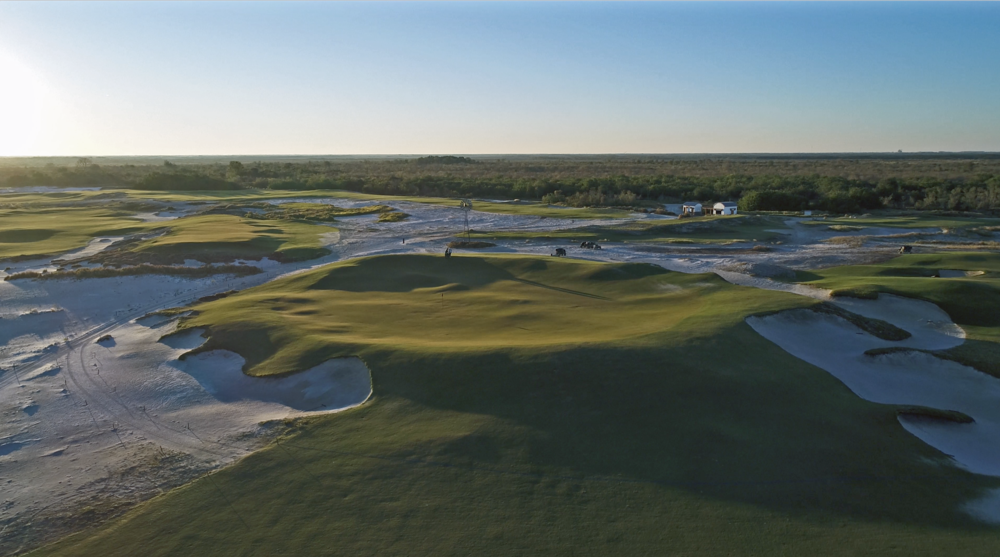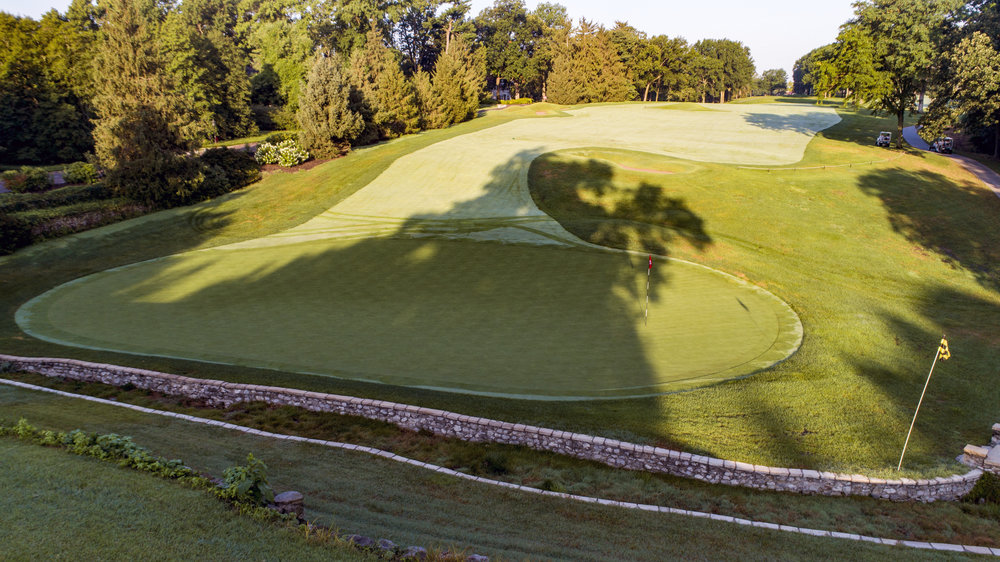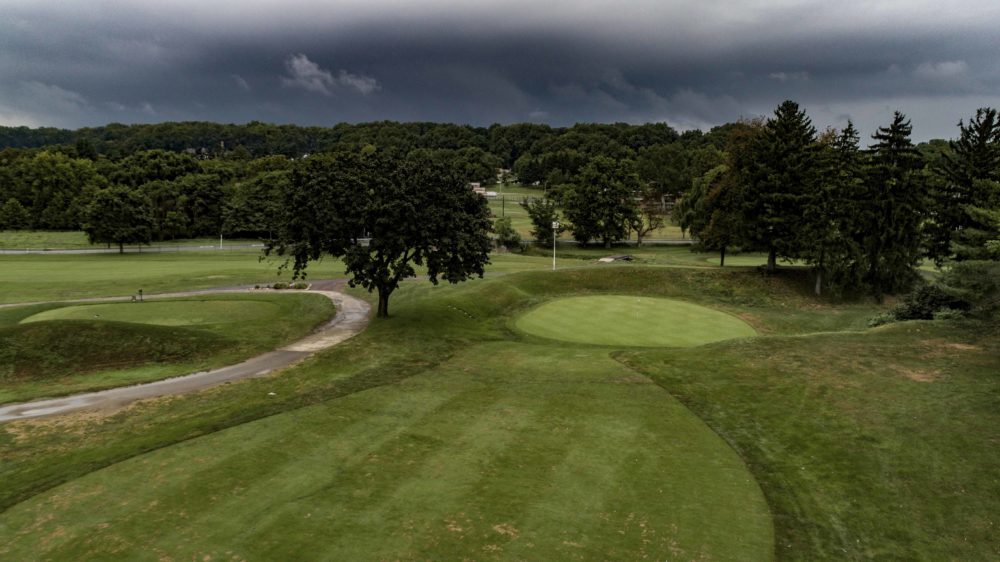The anxiety that accompanies the walk to a punchbowl green is one of the most unique feelings in golf. Players almost always know whether their shot was good or bad moments after the ball leaves the club face. Blind shots leave an element of surprise and a punchbowl green adds some chance into the equation.
A punchbowl green is what name indicates — a massive bowl or hollow that funnels shots towards the center. The edges of the green corral shots a little off-line and bring them back to the putting surface. They vary in size, shape, and distance, but they also provide a unique playing experience to a golf course. In a game where variety is king, punchbowl greens offer a fun change of pace.
History of the Punchbowl
Punchbowl greens were a staple of early golf course design in the U.K. and America. Hollows made for easy and interesting natural green sites. On sandy links sites, these Punchbowls didn’t have trouble draining with the water quickly moving through the permeable soil.
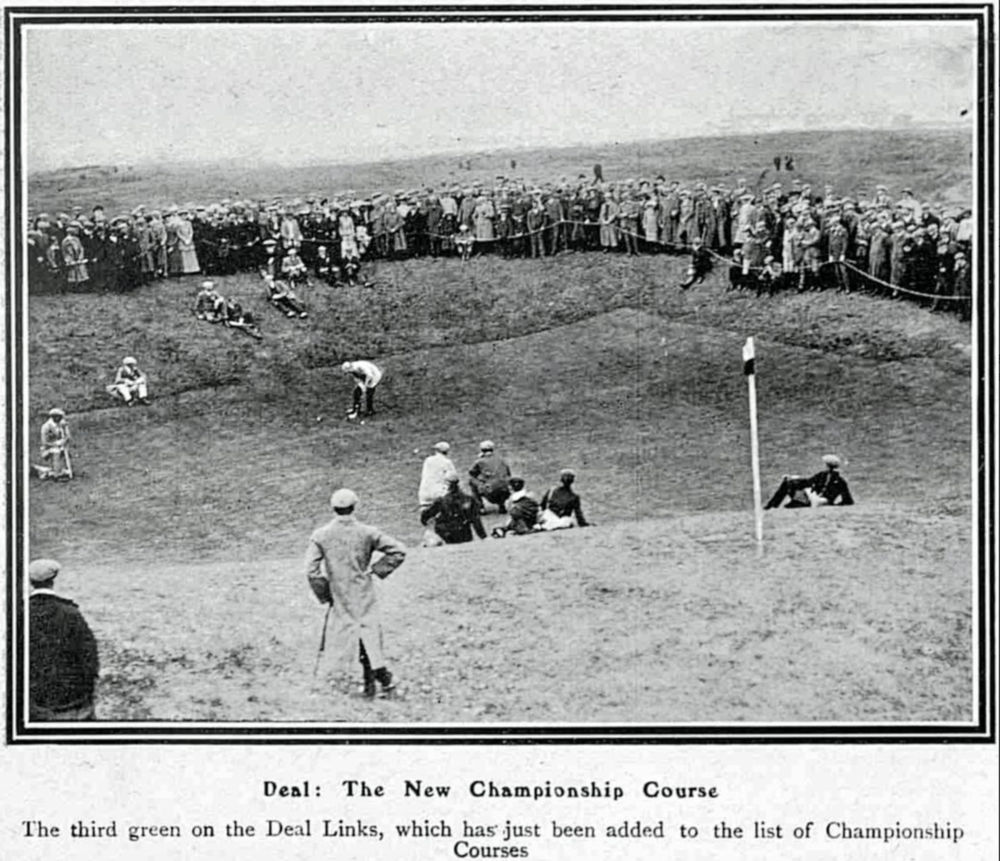
3rd at Royal Cinque Ports - Photo credit: Simon Haines
When golf moved inland to heavier clay soils, drainage problems arose in punchbowl designs. Water would pool in the center of the greens and stunt grass growth. It deterred some architects from using them, but master architects who understood the need for drainage points, like Seth Raynor and C.B. Macdonald continued to feature the green in their designs. The duo’s distinct punchbowls almost always have a clear passage for water out of the low part of the green. Their surface drainage was nothing short of magnificent.
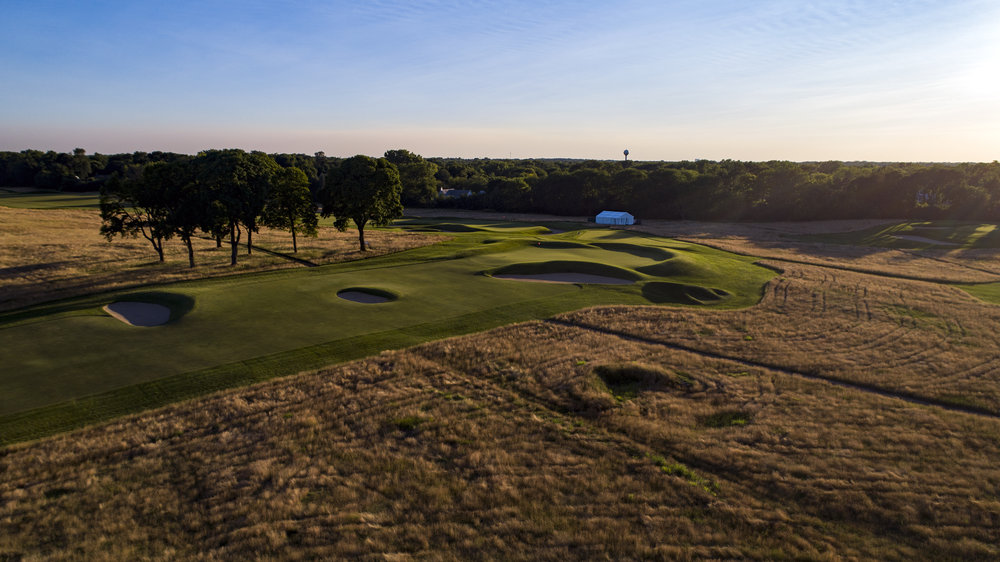
The punchbowl 12th at Chicago Golf Club drains out of the right side
The popularity of the punchbowl waned in the mid-1940s. Golfers and architects viewed them as unfair due to their blind nature and didn’t appreciate the rub of the green that came with the design. That attitude led to the destruction of many Punchbowls and associated a taboo with including them in new designs.
The new era
Thankfully, the winds in golf course architecture have shifted, and punchbowls are on the comeback trail. The distinct green sites are being included at many new designs around the world, such as 18th at Old Macdonald, the 17th at Sand Valley, the 5th at Kingsley Club, and the 9th at Streamsong Black. Older courses that lost their Punchbowls over the years are restoring them, like the 5th at St. Louis C.C. and the 7th at Morris County.
In a game that 99% of the population plays for fun, it’s good to have one of the most enjoyable design features back en vogue.


 by
by 